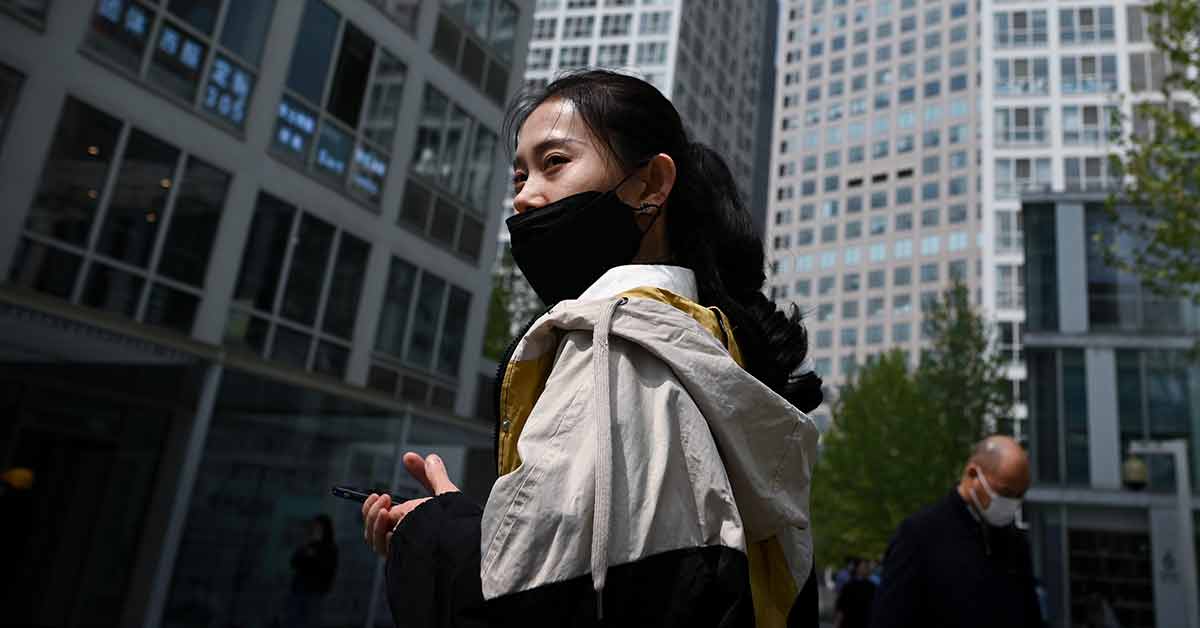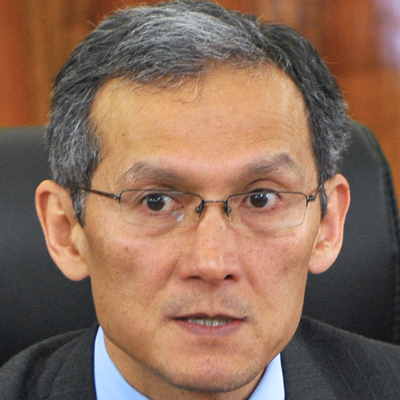Global indebtedness has never been greater than it is today. With interest rates so low for so long, anyone who could borrow has done so. But, even with rock-bottom borrowing costs, the economic fallout from the pandemic has forced one vulnerable country after another to declare sovereign default, or to signal that it may do so soon.
Worse, the main creditor to debt-distressed emerging economies, China, has little experience managing cascading sovereign defaults. On 13 November, Zambia became the sixth country to default on its sovereign bonds this year (following Argentina, Belize, Ecuador, Lebanon, and Suriname). Others are likely to follow. Fitch Ratings now gives 38 sovereign bonds a B+ or worse, where B denotes a “material” risk of default.
Meanwhile, other countries are seeking debt restructuring to avert a default. For example, Kyrgyzstan’s total public debt at the end of June was US$4.7 billion, US$4.1 billion of which was owed to foreign creditors, including US$1.775 billion to China.
Kyrgyzstan is hardly alone. In 2018, 72 low-income developing countries with a total debt of US$514 billion owed US$104 billion to Chinese creditors (US$106 billion was owed to the World Bank, and US$60 billion to private bondholders). This includes direct loans from China’s government; lending from “policy banks,” such as the China Development Bank; and non-concessional loans from state-owned commercial enterprises.
Other Chinese sources indicate that the outstanding debt is even larger than these reported figures suggest. At the end of 2017, the People’s Bank of China (PBOC) reported that the country held US$637 billion in international loans. There is little doubt that China is now in the driver’s seat when it comes managing the developing-country sovereign-debt issue. The question is whether it knows how to drive.
Since the start of the pandemic, a broad global consensus on sovereign-debt restructuring has gradually taken shape. At the International Monetary Fund (IMF) and World Bank Spring Meetings in April, Group of Twenty (G20) finance ministers agreed to “support a time-bound suspension of debt service payments” for the world’s 73 poorest countries as they fought the COVID-19 crisis.
Under this Debt Service Suspension Initiative (DSSI), an estimated US$12 billion in repayments that were due between 1 May and the end of the year were rescheduled (and this window has since been extended to mid-2021). China has fully done its part in implementing this initiative, while overcoming its own pandemic-related difficulties.
As Chinese President Xi Jinping told the rest of the G20 in November, “We should keep our support for developing countries and help them overcome the hardships caused by the pandemic.”
China’s support matters immensely. As the low-income countries’ largest bilateral creditor by far, China accounts for roughly 20 percent of the total foreign debt owed by the 73 governments eligible for the DSSI, and about 30 percent of their debt service this year.
Although the DSSI was a good start, it was a one-off initiative, and included only the world’s poorest countries. Because many middle-income countries may default or request debt restructuring, a broader framework is needed to establish universal rules for various groups of creditors.
Fortunately, such a framework already exists: the Paris Club of sovereign creditors, which maintains general rules for managing and restructuring sovereign debt. Established in 1956 with the first negotiation between Argentina and its official creditors in Paris, the group brings together finance ministry officials from major creditor countries to resolve debtors’ payment difficulties.
The problem is that China, the largest sovereign lender in the world, is not a member, because other leading creditors complain that its loans and lending conditions are not transparent. A common suspicion is that China uses this opacity to strike bilateral deals with debtor governments that are at its mercy.
But now that defaults are multiplying and higher volumes of debt are in arrears, China itself might be looking for a new approach. After all, it has not regulated its credits very well, its lending conditions are not standardised, and it has little experience with debt restructuring – a process usually guided by the IMF.
It is clear that debtor countries, other creditors, and China all have an interest in it joining the Paris Club.
Russia’s experience following the collapse of the Soviet Union is illustrative. The Soviet Union had furnished vast amounts of money to many developing countries under complex, secret terms, and generally at very low interest rates, making it unclear whether such lending was a loan or a subsidy.
When the Russian government decided to clean up its act in the mid-1990s, it opened the books on these loans and turned to the Paris Club to figure out how reasonable settlements could be reached.
In September 1997, Russia became a formal member of the club, whereupon its finance minister, Anatoly Chubais, anticipated that annual repayments from debtor countries would soar from US$200 million to at least US$500 million, even though Russia would apply a 30-80 percent discount on about US$37 billion of the debt owed to it.
In the end, the arrangement worked so well that one no longer hears anything about Russian loans and the Paris Club.
As more emerging economies confront the prospect of default, China should follow Russia’s example. For its own sake, and everyone else’s, it belongs in the club.
Related Articles:


